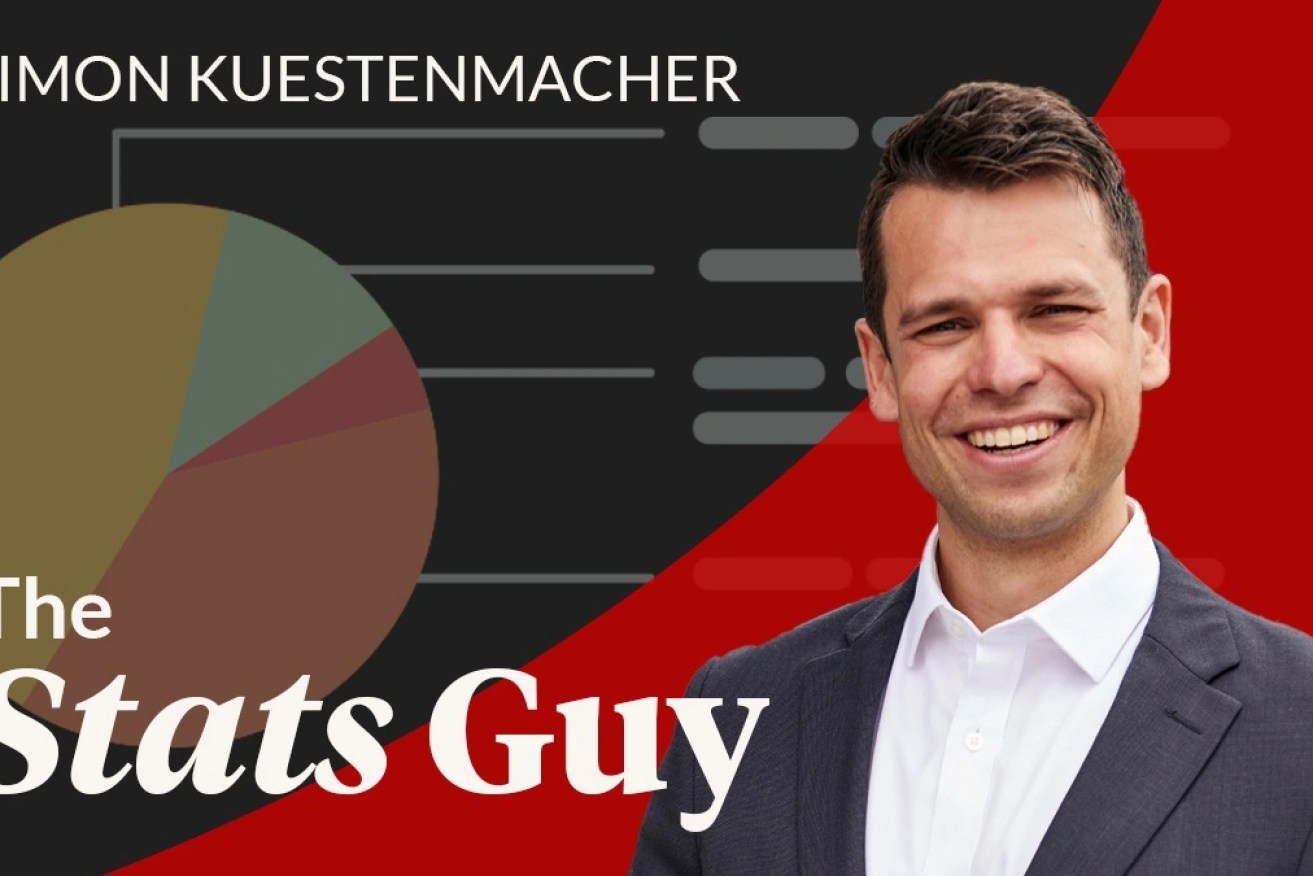We need (much) more public housing in Australia
Our resident demographer looks at the lack of public housing and why building more would benefit all Australians.


I don’t know what you’ve done this week, but I sure was busy looking for new statistics. This time I’ve unearthed for you a wonderful long-term dataset about housing occupancy from the ABS.
Our first chart is a nice lesson in how we read data. We are immediately drawn to the line that declines steeply (owners without a mortgage) and to the two lines that indicate growth among mortgage holders and renters with private market landlords.
We now start thinking about why these changes might have occurred and what they might mean. Only as an afterthought will we even look at the bottom line that doesn’t seem to show all that much movement. This column is about that overlooked line.
Renters in public housing don’t live there for free. Depending on individual circumstances, certain subsidies are handed out, but public housing tenants tend to pay below market rents while being responsible for their own utility costs.
Sometimes rent is fixed at 25 per cent of household income with the difference being paid by the state as a rental rebate.
Let’s go back to our unassuming line. We see a drop over the last 20 years from 5.8 per cent in 1999/2000 to 2.9 per cent in 2019/2020.
This drop could mean one of two things.
Option 1: As a rich nation we created so much wealth across the whole population that a lot fewer people need subsidised public housing. What a great nation we are!
Option 2: Despite being a rich nation we were brutally neglectful in developing public housing.
You know which option to pick. You’ve probably seen headlines or read reports showing that more than 150,000 households – or over 430,000 people – are currently on the waiting list for social housing. A few hundred new units per year do nothing to ease the pressure.
We need to think big and we need to act now.
This astonishing chart shows the weekly housing costs by tenure and landlord type. Let’s only focus on renters for now. Getting someone from the private rental sector transitioned to the public sector translates into a 64 per cent discount in housing related costs.
Housing costs per week are $150 dollars in public housing compared to $415 as private market renters. This makes the world of difference for low-income Australians.
Yes, adding more public housing is expensive. Not adding more public housing is more expensive, though. How come?
The bottom quintile (the poorest 20 per cent) of renters on the private housing market use up more than 50 per cent of their household income to cover housing costs. This means saving for a rainy day, or even building wealth through investments or property, is forever out of reach.
Poverty doesn’t come cheap as healthcare and retirement costs put pressure on the public purse. The less money you’ve saved in you super, the more the public pension system needs to spend on you throughout your retirement.
Isn’t the market supposed to fix that? Clearly, it’s a job for the invisible hand to add enough housing supply.
Not at all, sadly. We have a massive shortage of housing stock across the full income spectrum, and nowhere near enough capacity to build enough new stock right now.
In such a pressurised market, private operators can pick which end of the spectrum they will service. Will private businesses service the high-income end where reasonably high margins can be charged, or will they opt for the low-income spectrum where margins are tiny? Slim chance that any low-income housing stock will be made available any time soon (if ever).
Also, even if much more housing stock were to come online, private landlords have no incentive whatsoever to keep rents affordable at, say, 25 per cent of the tenant’s income.
A state-owned developer can build housing more cheaply. Photo: Getty
We need a public developer to build public housing at scale. A state-owned developer can build housing more cheaply. If built on public land, the land is essentially free. Taxes? Which taxes? A public developer doesn’t need to pay any sort of land tax or stamp duty. They also can operate without generating profits – a luxury that no private firm enjoys.
Our proposed state-owned developer would carry many advantages over private-sector developers. Wouldn’t this hurt private developers? I’d argue that even a well-funded state-owned developer would only operate in the lowest end of the market, the one I can’t see being serviced by the private sector.
The only real issue for private developers is increased competition for talent on the labour market. In times of a massive skills shortage any competition for labour really hurts the private sector.
How likely is that a massive public housing developer will be announced? Not very likely, I must admit. I think piecemeal approaches –like slightly higher quotas for key-worker accommodation – are much more likely to be introduced.
Adding significant public housing stock would push house prices down by taking people out of the market. If the federal election campaign showed one thing it is that neither of the big parties has any interest in really fixing housing affordability.
I am still puzzled by this, considering that we now have a Prime Minister who doesn’t tire telling us about his upbringing in public housing. Surely there is no other politician out there whose personal background suggest them to be more determined to build the 150,000 missing public housing units.
Maybe there is a chance after all?




